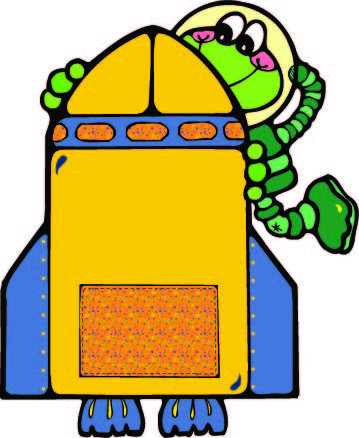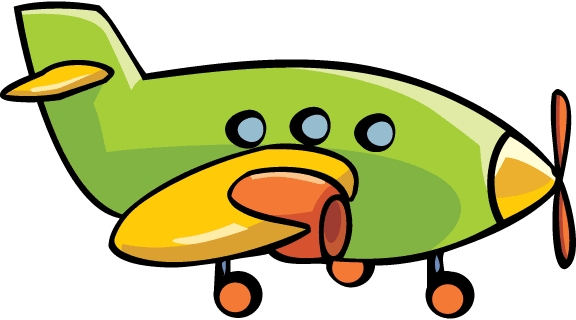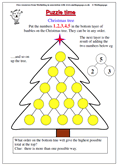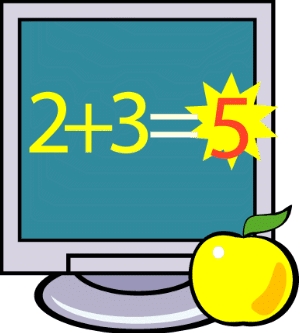 Our Four Rules section of the site is developing into a very useful resource for those looking to improve calculating skills. Next week we add to it with a 4x table page. The four times table has a number of characteristics which can be pointed out to help children. Firstly, all the answers are even, so must end in 0, 2, 4, 6 or 8. Secondly it is double the two times tables.
Our Four Rules section of the site is developing into a very useful resource for those looking to improve calculating skills. Next week we add to it with a 4x table page. The four times table has a number of characteristics which can be pointed out to help children. Firstly, all the answers are even, so must end in 0, 2, 4, 6 or 8. Secondly it is double the two times tables.
We also have a maths investigation on addition, suitable for year 2. There are four numbers shown. The task is to choose any three numbers and add them up. great for developing a well organised, systematic approach.
Another excellent addition to the site will be the third in our mini series on square numbers, ideal for year 5 children.





